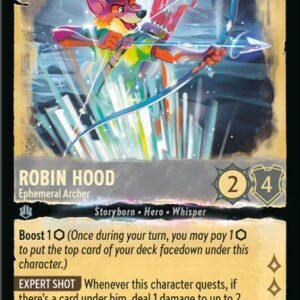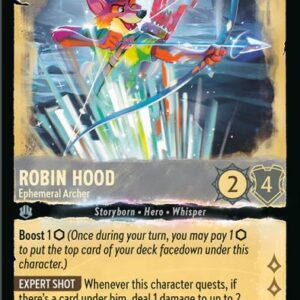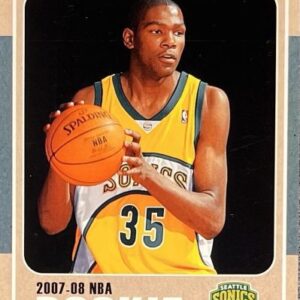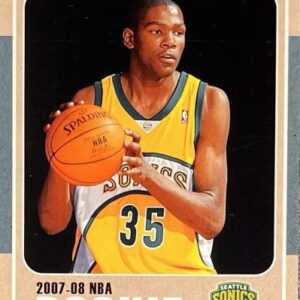As spring ushers in the 2025 MLB season, the familiar pop of the ball hitting the glove is interspersed with the faint rustling of cards and bidding paddles as collectors hail the dawn of a new baseball card season. This year, it seems, tens of thousands of collectors are as much a part of the game as the players themselves. As the Atlanta Braves prepare to take on the San Diego Padres, another game is playing out with equal fervor in the cardboard corridors of the world’s largest card shop, Cards HQ, nestled proudly in Atlanta.
For the baseball card aficionados whose sanctum sanctorum might as well be enshrined on Main Street, collecting isn’t relegated to a shelved hobby. It’s akin to being baseball’s very own Wall Street. Here, the dividends are paid in nostalgia-stained cardboard, speculation, and sometimes, fortunes otherwise unimaginable.
The prelude of Opening Day barely settled before fervent treasure hunters whisked toward boxes and entered frenzied bid wars like marathoners in the last stretch of a race. Their pursuit is a curious blend of passion and principal—in which snippets of tomorrow’s shining stars are captured on what some might see as innocuous cardboard, yet for others, these prospects offer a vault of untapped potential and a possibility as tantalizing as striking gold in Sutter’s Mill.
As Ryan Van Oost, the illustrious manager of Cards HQ and unofficial oracle of the trade, gestures toward an array of increasingly barren shelves once stacked with promising Braves cards, his eyes lighten with the frenetic pulse beat often found where commerce, culture, and caprice merge. “We had a crazy weekend,” Van Oost exclaims, the phrase slipping from his mouth with a practiced ease that belies the chaos of a booming weekend trade.
There’s a surge of energy in this realm of prospects, making even the coolest-headed veterans spin around like curious kids at the sight of glittering new treasure. From the shop’s harried aisles, where feet shuffle in endless loops, Van Oost recalls the swells of bodies vying for prime cardboard real estate. Collectors aren’t fawning over Ronald Acuña Jr., whose prowess is by now a common truth. No, their keen eyes and desires are fixed, like fielders under a high ball, on the underappreciated, the barely known talents like Nacho Alvarez—a name with hardly a whisper in the major leagues, yet a mystique compounded by his trading card being brand “new.” This elusive card, perched at a cool $5,000, is the envy and target of budget-padding prospectors.
And beyond Alvarez, who finds himself a newfound artifact of collector frenzy, presides the curious case of Drake Baldwin. Unlike Alvarez, scant statistics accompany Baldwin’s name. Whispers of a potential start on Opening Day suffice to render him a sought-after commodity. “Everyone is looking for the Baldwin kid,” notes Van Oost with the savvy patience of a chess player. The anticipation surrounding Baldwin’s corral into cliché territory reflects a timeless principle of speculation: invest today in tomorrow’s hero, roll the dice, and watch what the future unfurls. Risk is, after all, the mother of reward.
This speculative path, marked by none other than the meteoric sale of Pirates pitcher Paul Skenes’ card fetching $1.11 million, underscores the intoxicating potential of the unknown—a card that transcends its two-dimensional state, assuming almost mythical status due to limited appearances and abundant potential. A legendary sale includes the heavily-laden promise of a near-eternal fandom bargain: season tickets for three decades. Such deals for cardboard commodities paint the landscape of modern card trading in broad strokes of wonder and disbelief, merging the worlds of collection and lifelong loyalty.
For those who dare this cerebral and sometimes risky endeavor, spruced with uncertainty and trial, flitting moments of fortune stand as titanic rewards against a horizon of chaotic speculation. It is within this fortune-hunting environment that the odds-challenging investor asserts: finding valor in the throes of struggle, identifying the obscure as the soon-to-be pivotal.
Ryan Van Oost can attest with laughter-washed-over chips in between: “I’m banking on it,” his voice sparks with a hint of mischief. It’s the epitome of high-wire investment strategy where, under the low-hanging fluorescent lights of the card shop rather than the glow of stock exchanges, collectors discover their own pie-in-the-sky modern equivalent to “New World” riches—a confidence not rooted in ledger books and financial analysts but held in steady grip of good fortune and better intuition.
In a world readily punctuated with flaunted assets and swirling equity figures, the realm of cardboard and ink, shakied with dreams, remains shackled beautifully to the enigma of the weathered prophesy, where anything worth longing for, including a baseball card legend, fuses aspirations, risks, and rewards beyond exact monetary calculations. The allure that once compelled youthful hearts behind the backyard game now steers collective winds towards the primeval arts of human alchemy—where cardboard transforms the anew into the emblem of uncertain possibilities and magnificent fleeting triumph.






